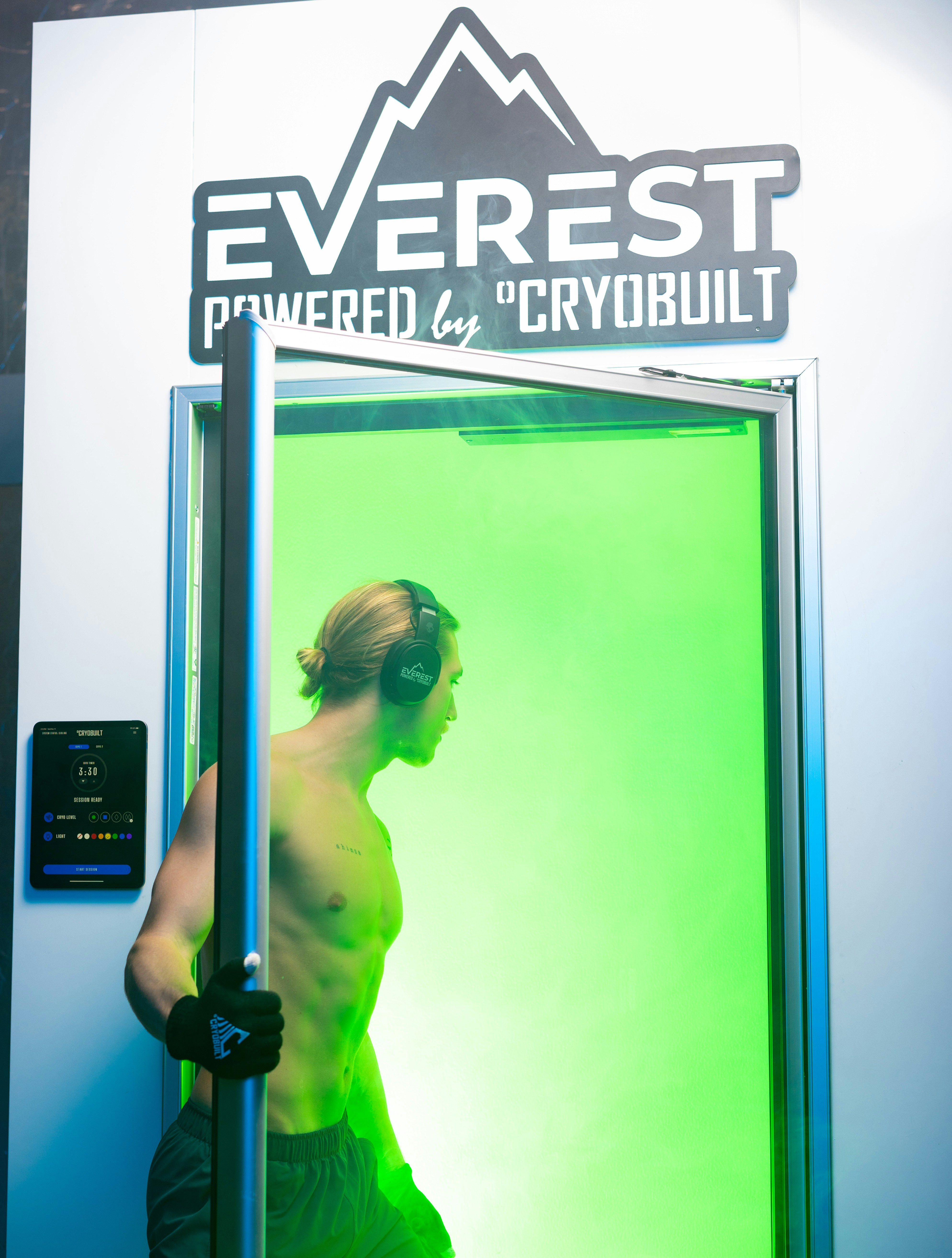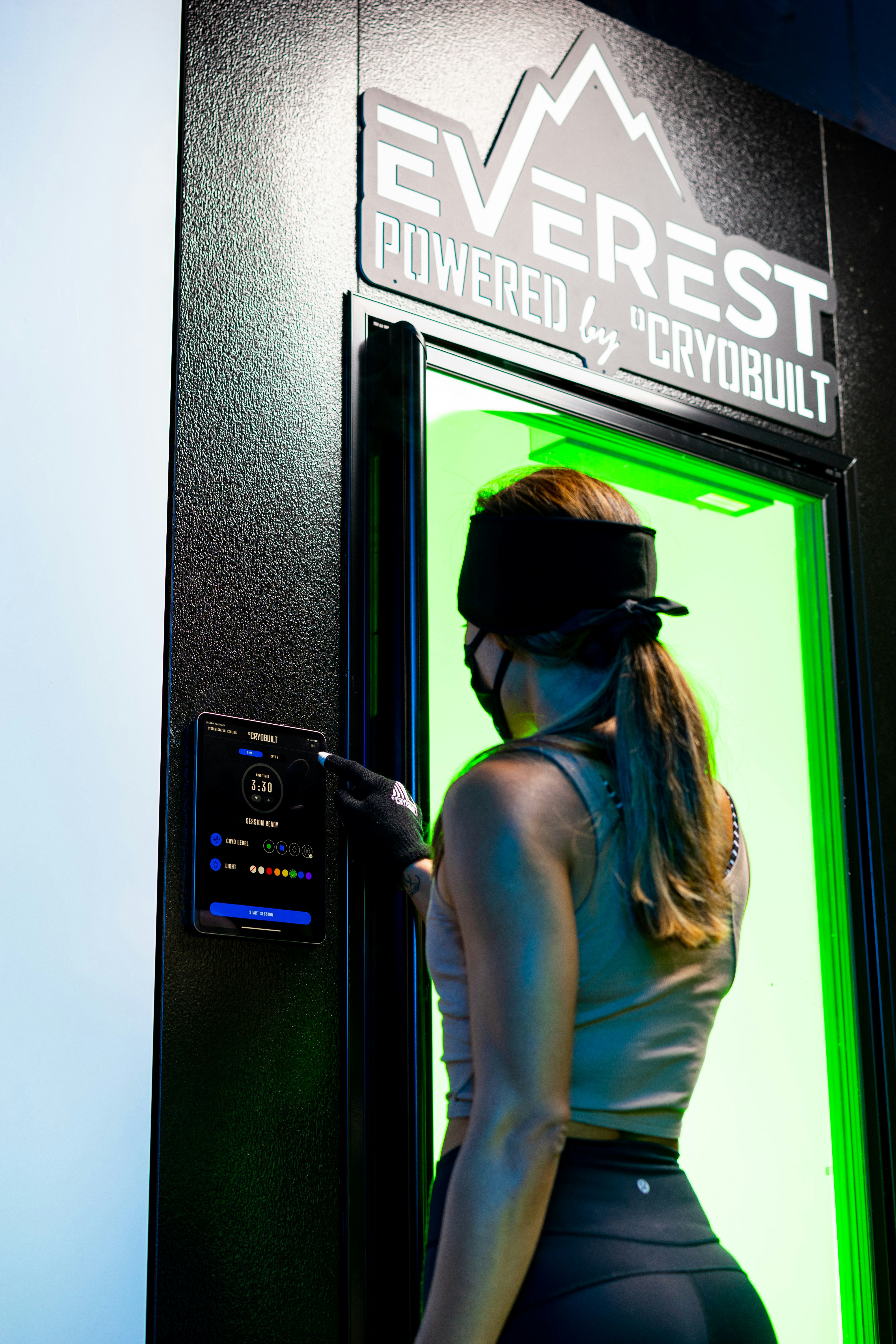Have you ever wondered if stepping into cold water could do more than just give you a chill? What if it could actually benefit your bones, making them stronger over time? It’s an intriguing thought, isn’t it? As you delve into the potential benefits of cold plunging for bone density, you’ll find yourself unraveling a fascinating intersection of traditional practices and modern science.
Understanding Bone Density
Before you embark on the journey of grasping how cold plunging might contribute to bone health, it’s vital to understand what bone density actually entails. Bone density refers to the amount of bone mineral in bone tissue. This density can indicate strength and structural stability, which are crucial you, for daily activities as well as for preventing fractures.
Why Bone Density Matters
Bone density plays a critical role in your overall skeletal health. As you age, your bones naturally become thinner and lose their density—making them more susceptible to fractures. Osteoporosis, a condition characterized by weakened bones, is a common issue, particularly among older adults. Ensuring robust bone density helps minimize the risks associated with age-related bone loss.
Factors Influencing Bone Density
When considering what affects bone density, you might think primarily of diet and exercise. These are indeed the usual suspects. Nutrients like calcium and vitamin D are vital, while weight-bearing exercises help in building bones. However, other factors include genetics, hormonal balance, and lifestyle choices—including, surprisingly enough, exposure to cold environments.
The Ancient Practice of Cold Plunging
Cold plunging, often associated with cold showers or winter swimming, isn’t a new phenomenon. For centuries, people have engaged in this practice for various health reasons. In Scandinavia, for example, alternating between saunas and ice-cold baths has been a staple tradition, believed to boost circulation and immunity.
Historical Context
In ancient disciplines, cold water immersion has been utilized for its supposed therapeutic effects. Many cultures have endorsed its ability to rejuvenate the body and mind. This age-old practice now finds itself under scientific scrutiny as researchers investigate its various health benefits.
Physical and Psychological Benefits
You’ve probably heard tales of athletes taking ice baths to recover post-workout. This is because cold water immersion can help in reducing inflammation and muscle soreness. Psychologically, the shock of cold water can sharpen your mind, improving alertness and possibly even reducing stress levels.
The Science Behind Cold Plunging and Bone Density
So, how does this chilling act potentially enhance bone density? The secret lies in what happens within your body when exposed to extreme cold.
Blood Flow and Nutrient Delivery
One of the primary mechanisms by which cold exposure might aid bone health is through improved blood circulation. Cold plunging causes blood vessels to constrict, directing blood away from extremities to vital organs. Upon emerging, the body then compensates by dilating the vessels, dramatically increasing blood flow. This process improves nutrient delivery to the bones, which is integral for maintaining and increasing bone mass.
Hormonal Responses
Cold exposure triggers a cascade of hormonal reactions, including the release of norepinephrine. This hormone, aside from its role in mood regulation and alertness, has also been suggested to play a part in bone remodeling—a continuous process where mature bone tissue is replaced with new tissue.
Building Resilience
Your body’s exposure to stressors—be it cold, exercise, or fasting—in some cases, leads to increased resilience and adaptation. Regular cold plunging might simulate minor stress that encourages your body to enhance bone density as a form of adaptation.
Practical Considerations for Cold Plunging
If you’re intrigued by incorporating cold plunging into your routine to potentially enhance bone density, there are practical aspects to consider.
Starting Slowly and Safely
You should always begin with caution, especially if you’re not accustomed to cold water. Start with short durations and gradually increase as your comfort grows. Ensuring you’re in a safe environment is key—whether it’s a controlled bath tub or a supervised facility with professionals around.
Monitoring Response
Every individual’s body reacts differently. You might experience an invigorating rush, but it’s essential to watch for signals indicating it’s too much. Always consult a healthcare provider if you have pre-existing conditions that may complicate cold exposure.
Consistency and Routine
As with many wellness practices, consistency is crucial. Integrating cold plunging into your regular routine can help maintain any potential benefits, so plan and stick to a schedule that works for you.
Potential Challenges and Precautions
While cold plunging offers various promising benefits, potential challenges warrant careful consideration.
Cold Shock Response
The initial cold shock can cause an automatic gasp, increased heart rate, and blood pressure spike. Remaining calm and focusing on steady breathing can help you adjust.
Risk of Hypothermia
Prolonged exposure to cold water can lead to hypothermia. Ensuring time spent in cold water is brief and within manageable limits prevents such risks.
Medical Conditions
Individuals with certain medical conditions, such as cardiovascular issues, should exercise caution and consult with a healthcare provider before trying cold plunging.
Complementary Practices for Bone Health
While cold plunging might add an intriguing dimension to bone health, it’s important to complement it with other recognized practices.
Nutrition and Supplements
A balanced diet rich in calcium and vitamin D remains foundational for bone health. Supplements can also help, especially in cases of dietary deficiencies, but consult a healthcare professional before starting any new supplement regimen.
Regular Exercise
Weight-bearing exercises are crucial for bone strength. Activities like walking, jogging, or strength training help stimulate bone growth and maintenance.
Mind-Body Techniques
Stress management through practices like yoga and meditation can indirectly support bone health by fostering an overall healthier lifestyle.

Research and Future Implications
As the interest in alternative health practices grows, so does the research. Scholars are keen on broadening the understanding of how cold exposure and other environmental factors contribute to health.
Current Research Findings
Though still in its nascent stages, current research hints at positive correlations between cold exposure and bone health markers, suggesting promising avenues for future investigation.
Potential Areas of Study
Future studies might explore the optimal frequency and duration of cold exposure necessary for maximizing bone density benefits. Investigating these aspects could help refine practices and provide solid guidelines for both enthusiasts and healthcare providers.
Final Thoughts
If the idea of stepping into cold water to fortify your bones seems daunting yet intriguing, you’re not alone. While it’s an avenue still under exploration, its roots in traditional practices and encouraging preliminary findings make it a worthwhile topic of discussion. As you consider incorporating cold plunging into your lifestyle, remember to balance it with established healthy practices, creating a holistic approach to improving not just your bone density, but your overall well-being.





